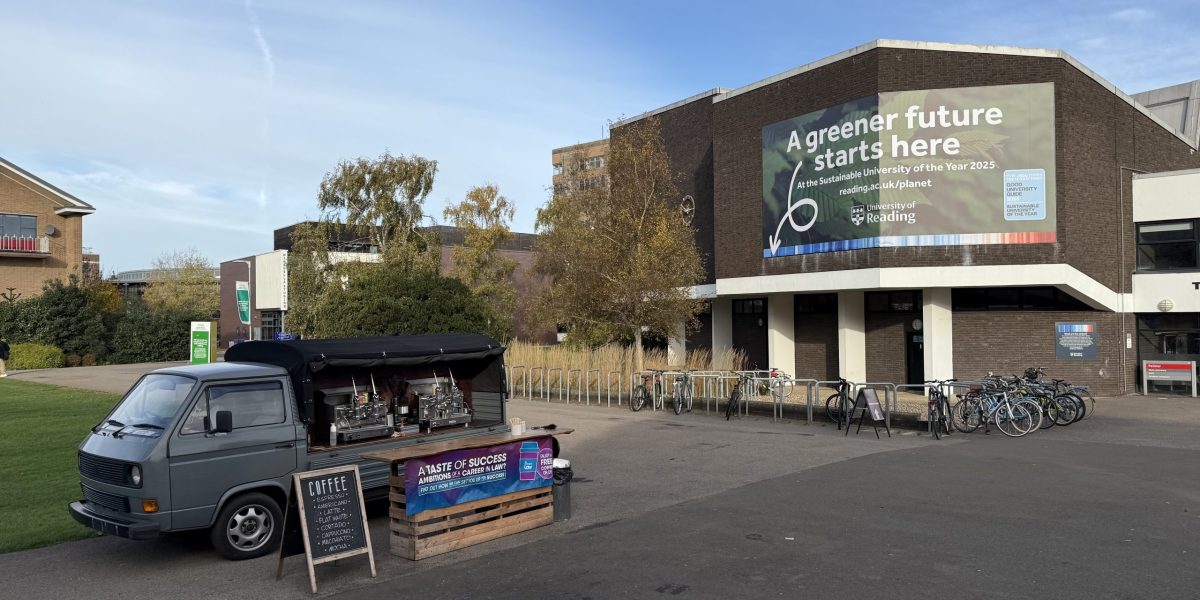In a world focused on environmental responsibility, the question isn’t just what we consume. It’s how we consume it.
Coffee, a daily ritual for millions, comes with its own environmental footprint. But what happens when you take your favourite brew on the road?
Can a coffee van, a symbol of mobility and convenience, also be a model of sustainability?
Let’s explore how a coffee van can go green, and why the answer might surprise you.
The Challenge: Mobility vs. Sustainability
Coffee vans are inherently mobile, and that comes with challenges. Traditional vans run on diesel or petrol, contributing to greenhouse gas emissions.
They rely on gas, electricity or generators to power espresso machines, fridges, and other equipment.
Add single-use cups, importing the finest arabica beans from across the world, and water waste into the mix, and the environmental cost adds up quickly.
But here’s the good news: with intention and innovation, coffee vans can drastically reduce their footprint, and even lead the way in sustainable business.
How a Coffee Van Can Be Sustainable
Switching to Electric or Hybrid Vehicles
One of the obvious ways to green your coffee van is to ditch fossil fuels.
Electric and hybrid vans are becoming increasingly viable, especially for urban or regional routes.
Paired with renewable energy charging stations, we’re seeing electric coffee vans enter the market.
The downside to this is that modern vans don’t always carry the aesthetic appeal of a quirkier vintage unit, and they are cost-prohibitive to many coffee van providers.
An alternative is something like the beloved coffee horsebox unit that can be towed in with an electric vehicle, again, if budget allows.
Solar Power Integration
Solar panels on the roof of a van can help power lights, point-of-sale systems, or even some coffee equipment.
While not always sufficient for heavy machinery, solar power can reduce reliance on noisy, polluting generators and be suitable for smaller events and lower demands.
Compostable and Reusable Cups
One of the most visible signs of a sustainable coffee operation is its approach to packaging. Compostable cups, lids, and straws made from PLA (plant-based plastics) or paper can drastically cut down on waste. Better still, offer incentives for customers who bring their own reusable cups.
Ethically Sourced Coffee and Ingredients
Sustainability isn’t just about energy—it’s also about sourcing locally where possible.
Partnering with coffee roasters who practice ethical sourcing, support fair trade, and prioritise regenerative farming practices ensures your van supports a healthier global coffee economy.
Integrated Water Heating Systems
It takes a lot of energy to heat the water in a coffee machine. A clever approach to engineering at Camper Cafe means that the water tank is pre-heated by the engine whilst driving, reducing the power consumption significantly when on site.
Local Supply Chains
Buying milk, pastries, and other items from local producers reduces the emissions tied to transport. It also strengthens community ties and ensures fresher products for your customers.
The Bigger Picture: Culture and Consciousness
A sustainable coffee van isn’t just about ticking boxes. It’s about creating a culture that values quality, connection, and responsibility. Customers increasingly care where their coffee comes from and how it’s made. A sustainable van tells a story—not just of great coffee, but of conscious entrepreneurship.
It can also spark conversation. When customers see solar panels, reusable cup signs, or electric charging setups, it invites them to think about their own impact.
Final Sip: The Verdict
Yes, a coffee van can be sustainable—but it requires intentional design, smart choices, and a commitment to doing better. In fact, because of its visibility and community presence, a coffee van has the unique potential to inspire sustainability in ways brick-and-mortar shops sometimes can’t.
So, if you’re dreaming of hitting the road with a coffee machine and a mission, know this: sustainability isn’t a limitation, it’s your secret ingredient.

